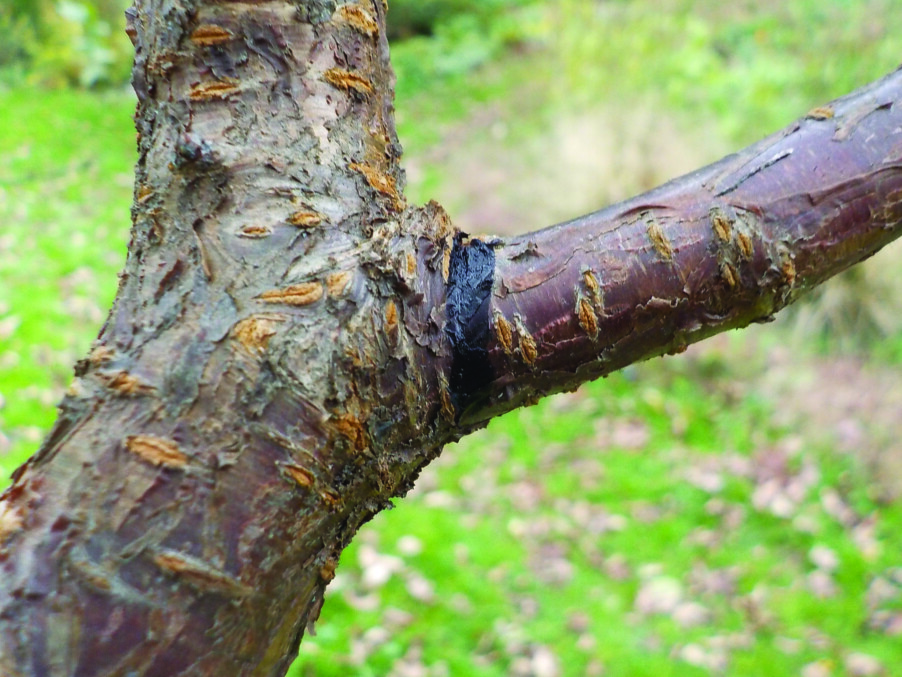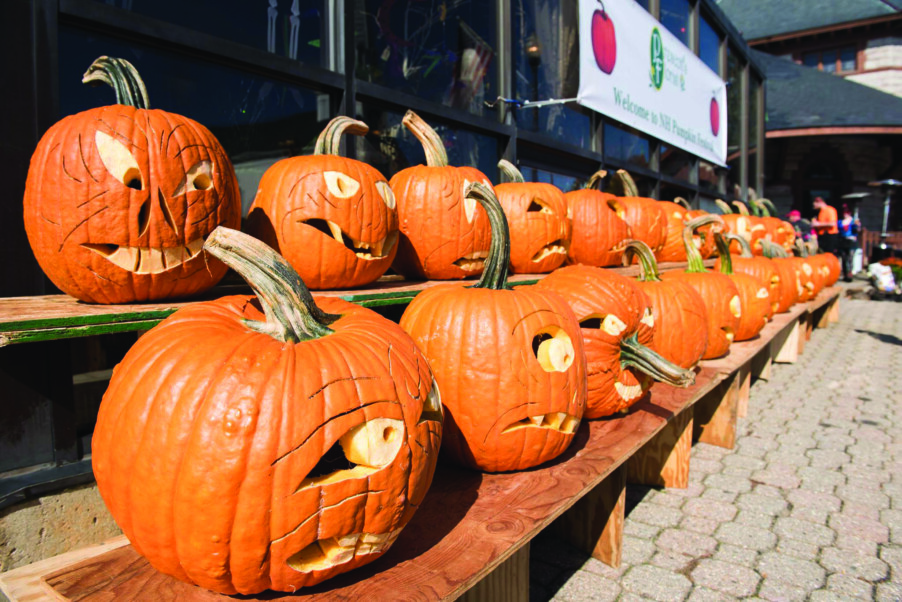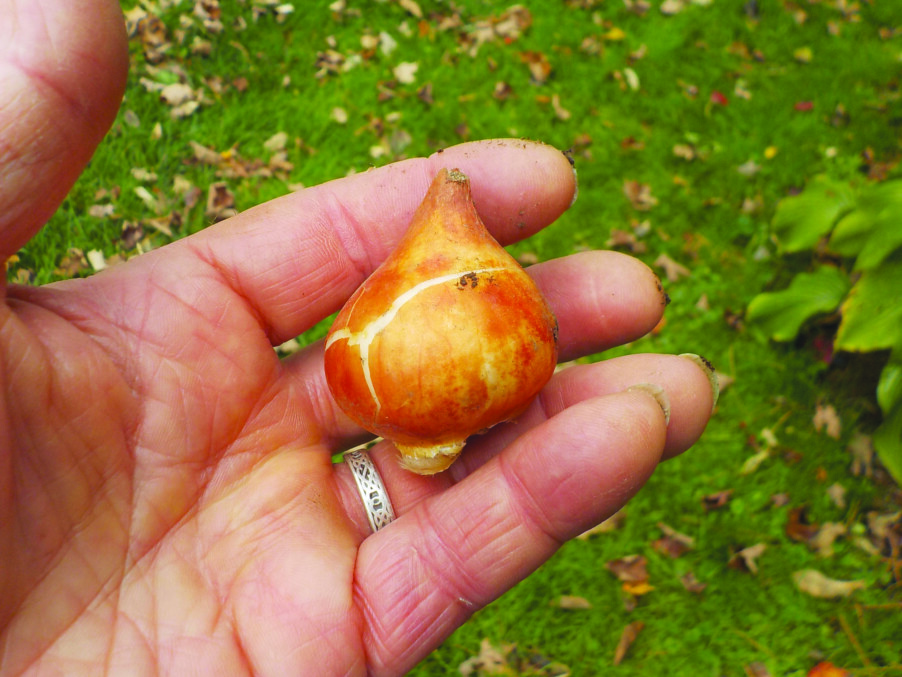Family fun for whenever
Shows!
• The Riverbend Youth Company will present High School MusicalFriday, Nov. 3, at 7:30 p.m.; Saturday, Nov. 4, at 2:30 and 7:30 p.m., and Sunday, Nov. 5, at 2:30 p.m. at the Amato Center for the Performing Arts (56 Mont Vernon St. in Milford, amatocenter.org/riverbend-youth-company). Tickets cost $12 for adults, $8 for seniors and kids.
• Teach the children about their jam-band forebears at Rock and Roll Playhouse — Music of the Grateful Dead for Kids on Sunday, Nov. 5, at noon at Bank of NH Stage (16 S. Main St. in COncord; ccanh.com). Tickets cost $18.75 in advance, or $5 more at the door.
Museum happenings
• At the McAuliffe-Shepard Discovery Center (2 Institute Drive in Concord; starhop.com, 271-7827), this Friday’s Super Stellar Friday program (program starts at 7 p.m.; doors open at 6:30 p.m.) will focus on “Breaking Barriers: A Woman’s Journey in Aviation” with Debbora Losch, education director at the Aviation Museum of New Hampshire. Losch served as an AH-64D Apache helicopter mechanic while in the U.S. Army, according to a press release, and will discuss the challenges and triumphs of women in aviation. Tickets cost $12 for adults, $9 for ages 3 to 12, $11 for 62+. A webinar version of the presentation is free to view but registration is required.
• At the Children’s Museum of New Hampshire (6 Washington St. in Dover; childrens-museum.org, 742-2002), the Thursday Cultural Crafts for November will focus on Bonfire Night in the United Kingdom. The program is scheduled for 10:30 a.m. during the 9 a.m. to noon session and 2:30 p.m. during the 1 to 4 p.m. session and is included with admission on all Thursdays in November except Nov. 23 (Thanksgiving). On Saturday, Nov. 4, Quint-Essential Winds will perform at 10:30 a.m., offering three classic stories presented with music and interactive elements. Tickets cost $12.50 for everyone over 12 months, $10.50 for 65+.
Storytime
• New England author and illustrator Matt Tavares will read his new picture book Dasher Can’t Wait For Christmas, a follow-up to his book Dasher!, on Saturday, Nov. 4, at 11 a.m. at Gibson’s Bookstore (45 S. Main St. in Concord; gibsonsbookstore.com, 224-0562).
Save the date
• Have kids interested in music lessons? Get a look at what they could learn when more than 100 students show off their guitar, piano, ukulele, violin, saxophone, trumpet, drums and vocal skills at North Main Music’s student concert on Sunday, Nov. 12, at Nashua High School North (8 Titan Way) presented in 90-minute segments from 11 a.m. to 7 p.m. See northmainmusic.com for more information on the music school and northmainmusic.com/contact for more on the concert.





